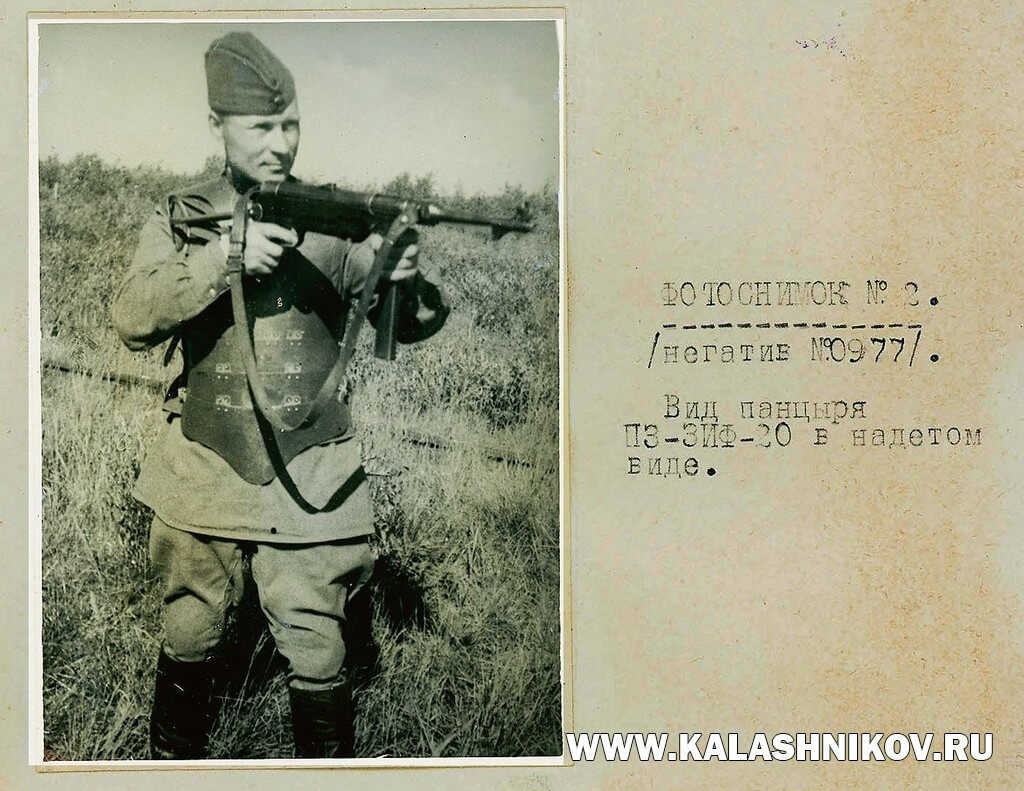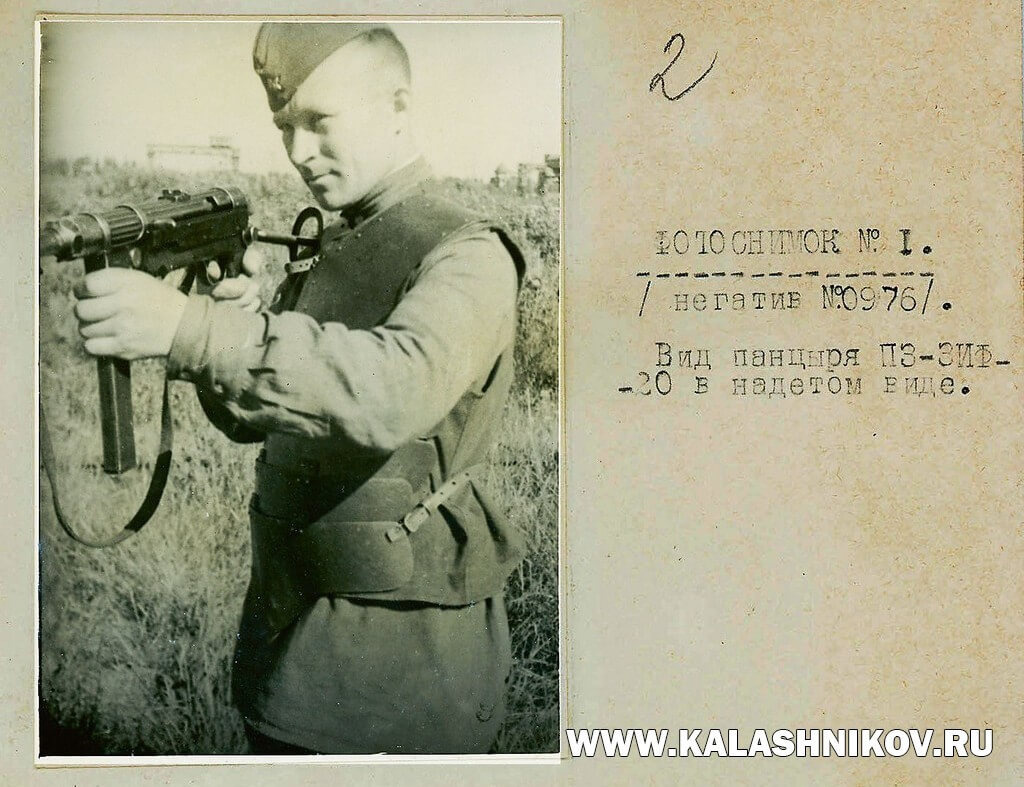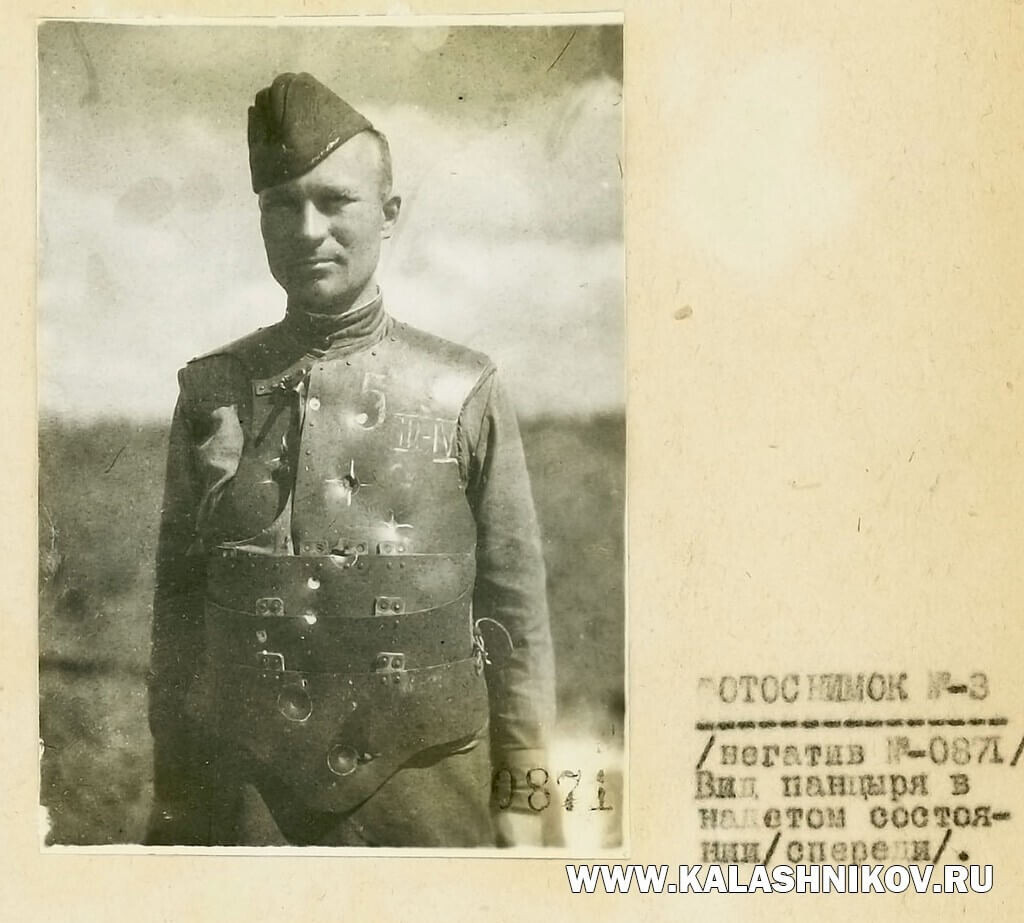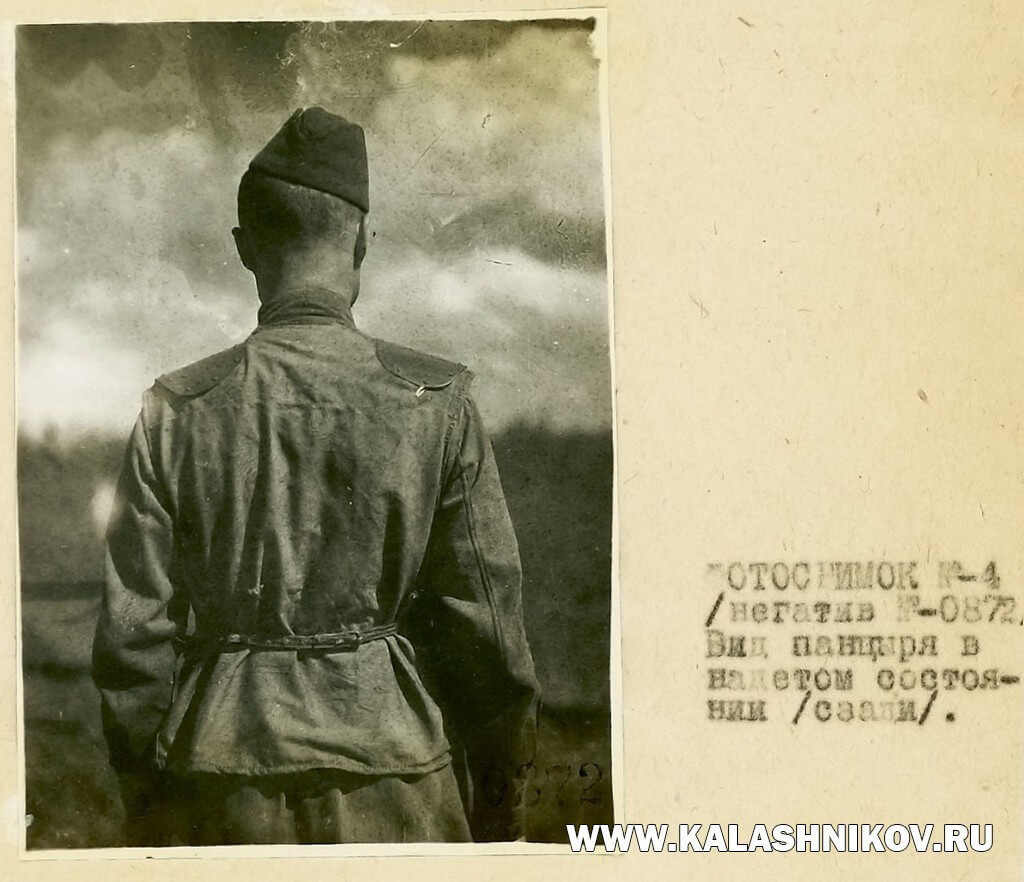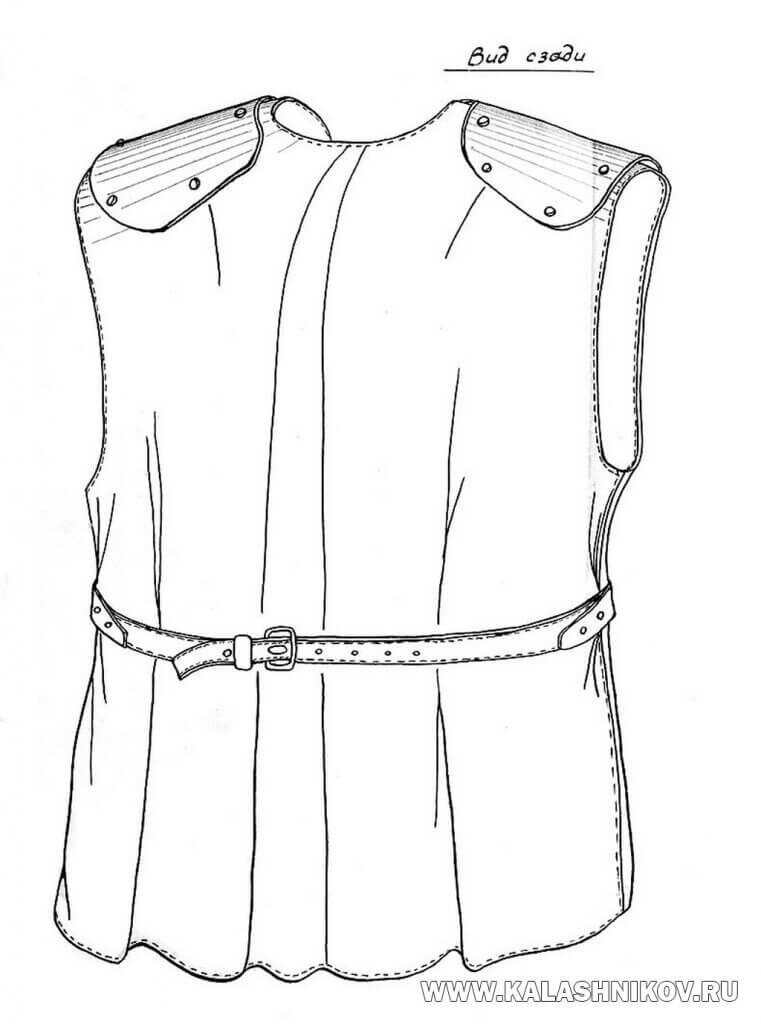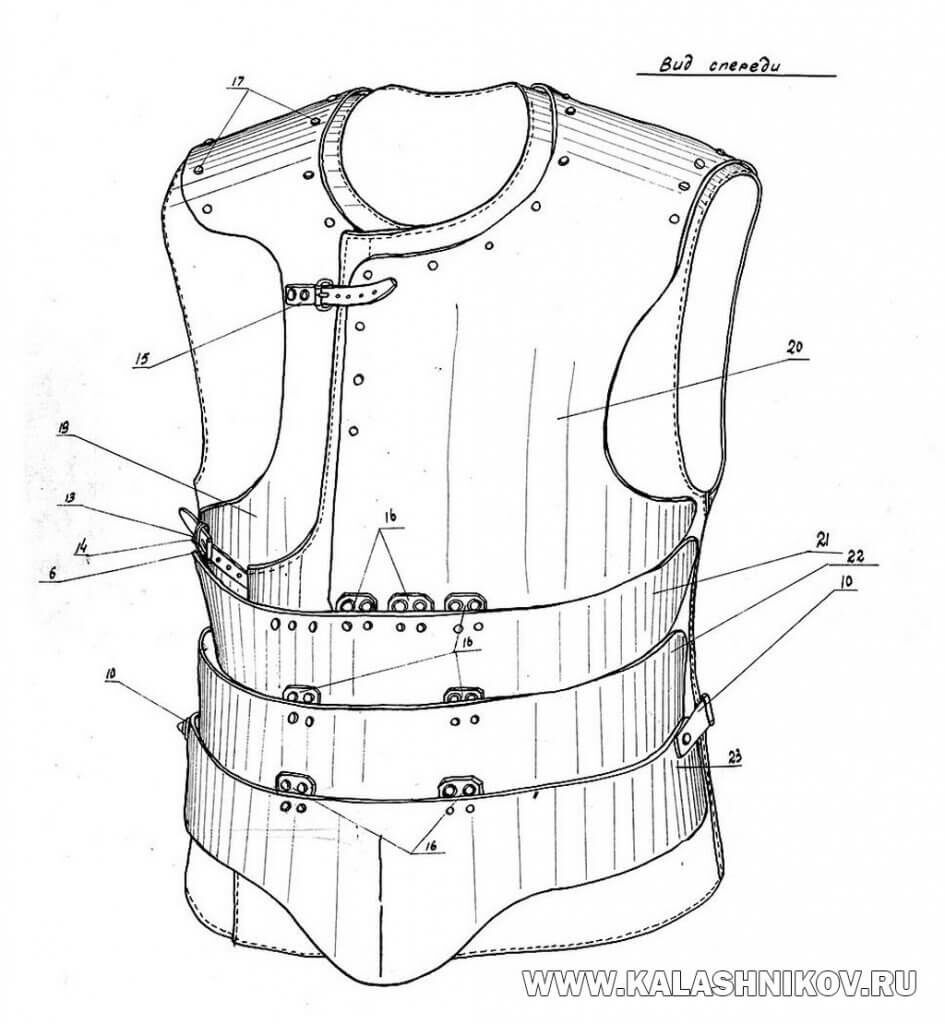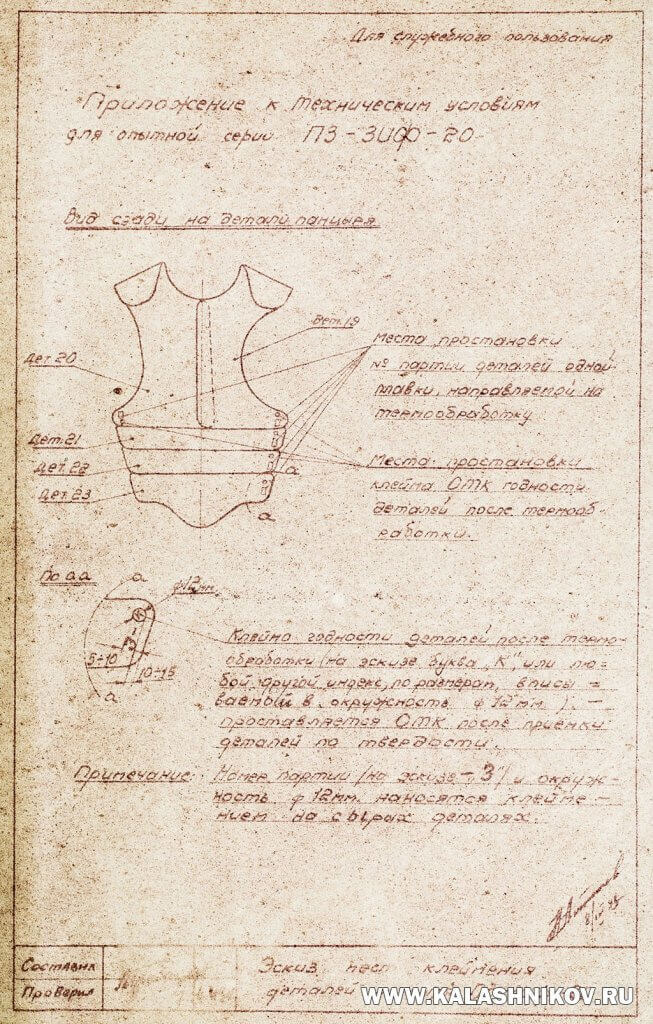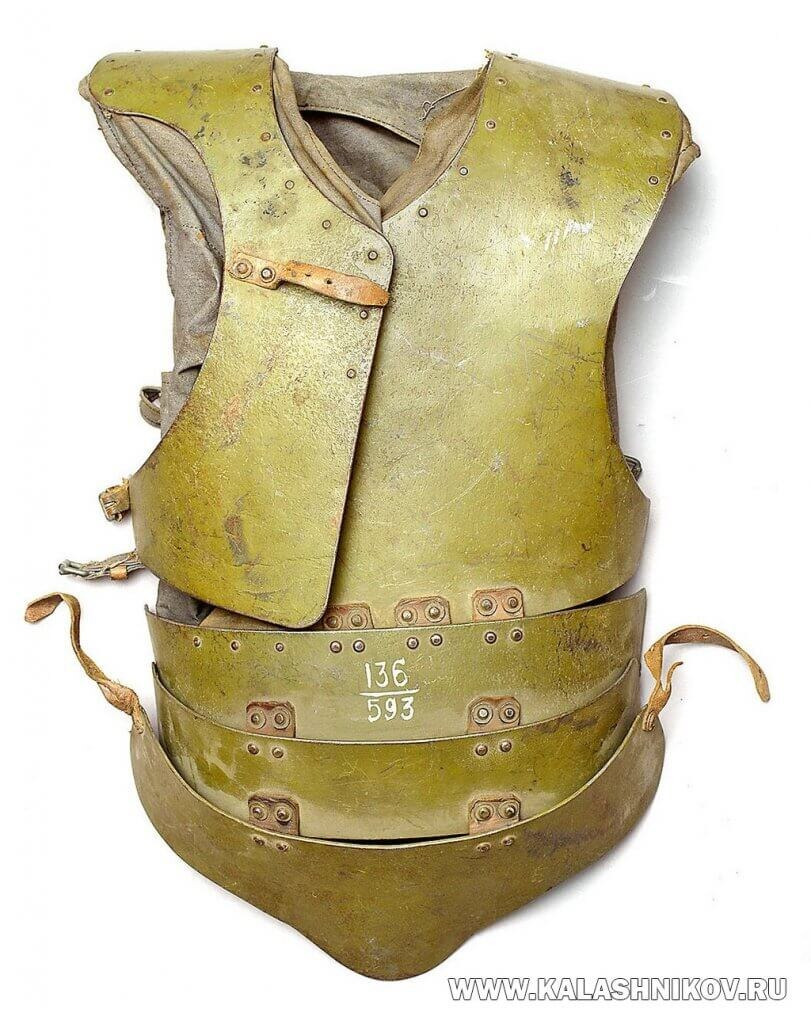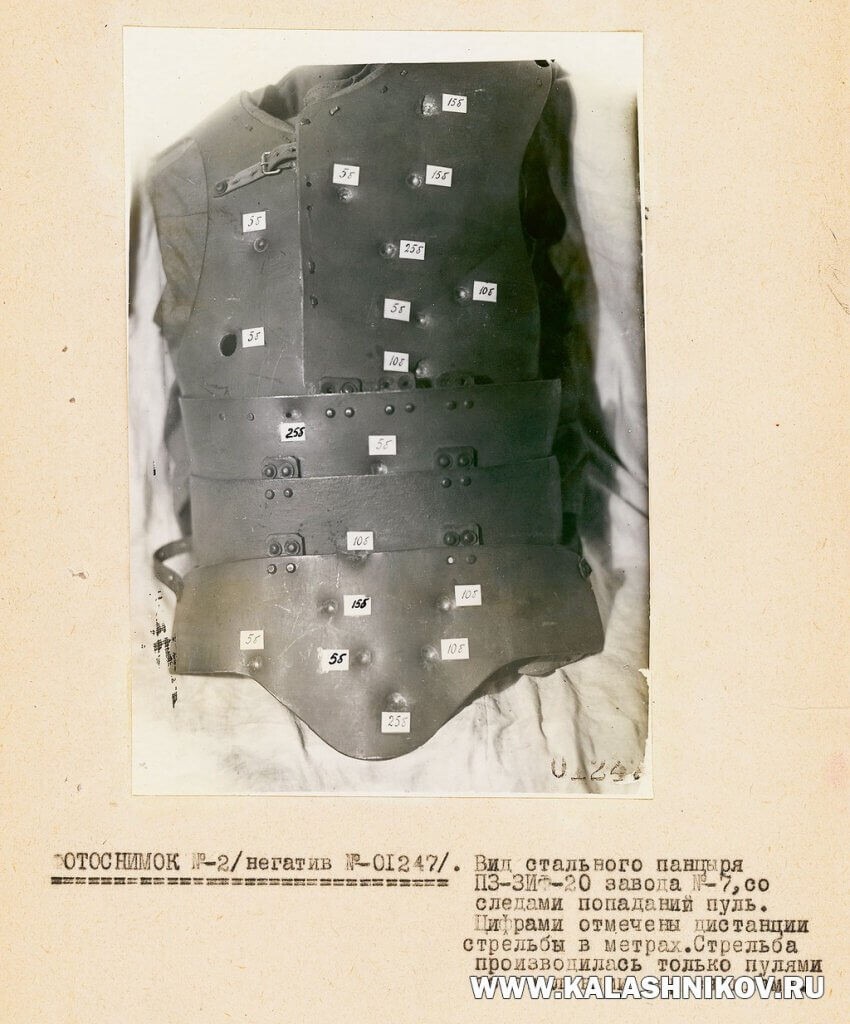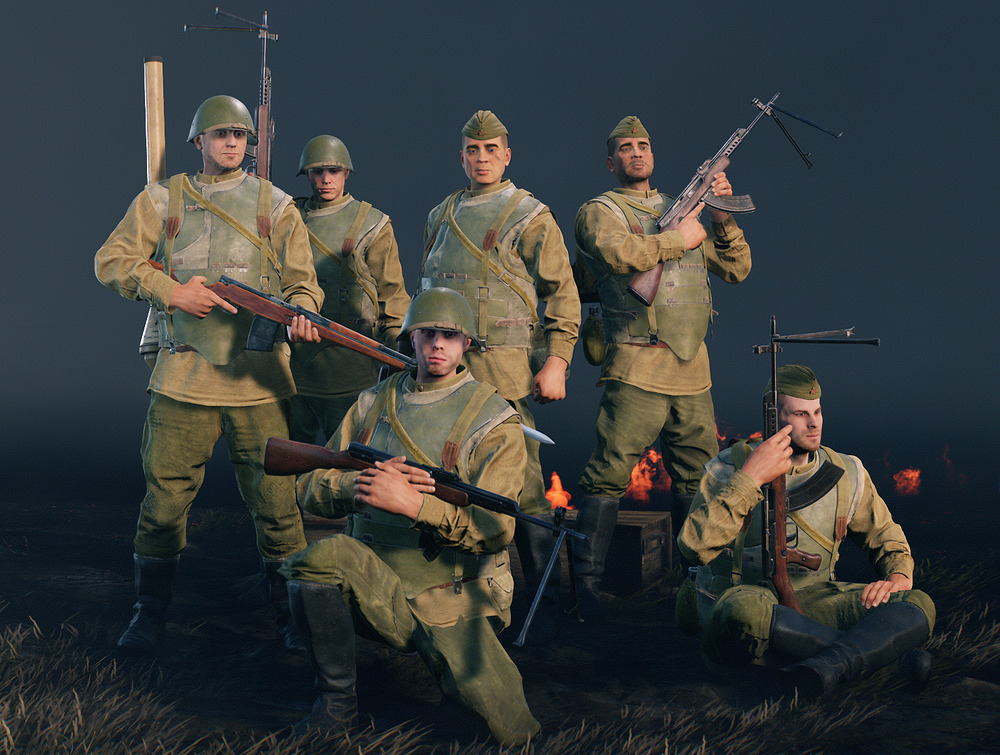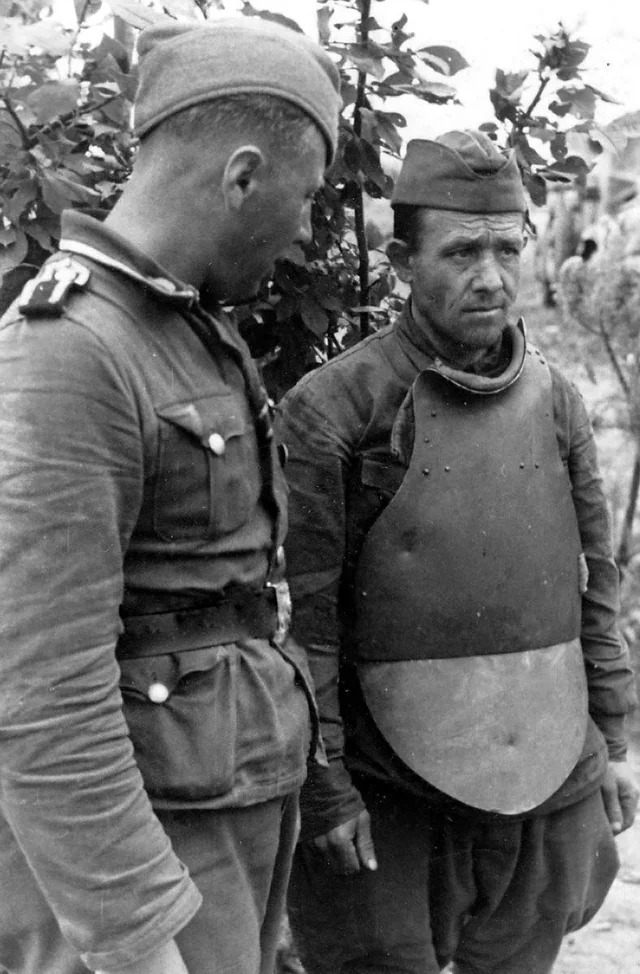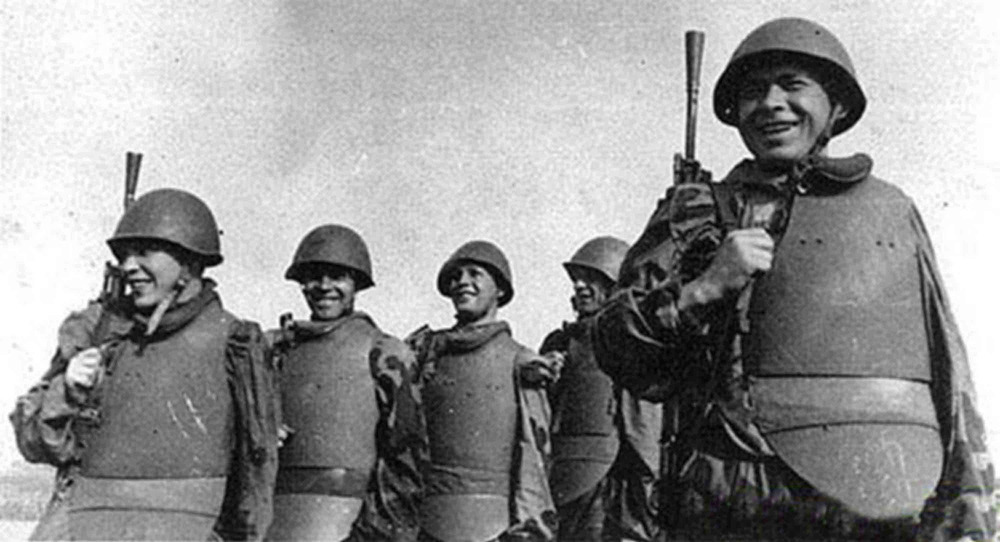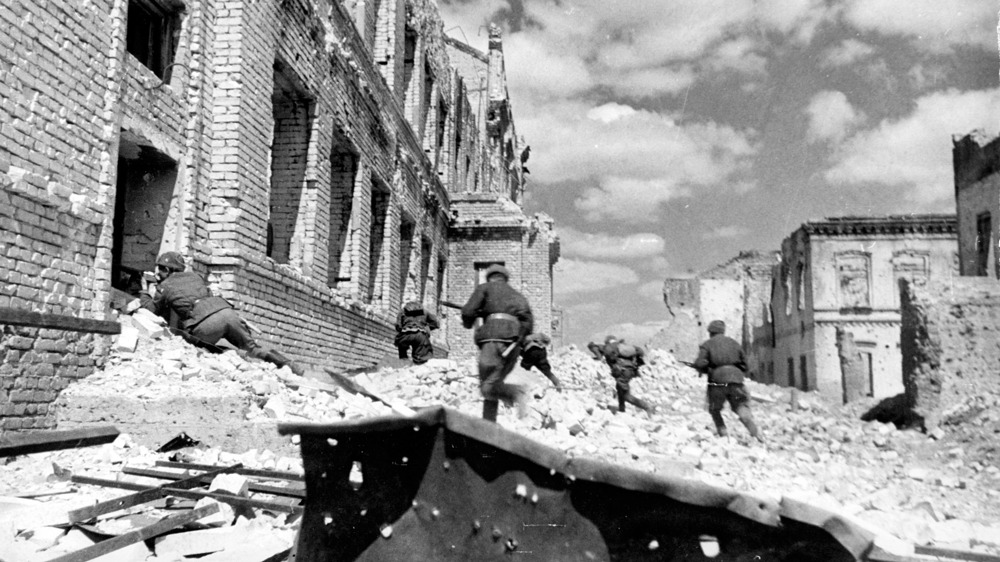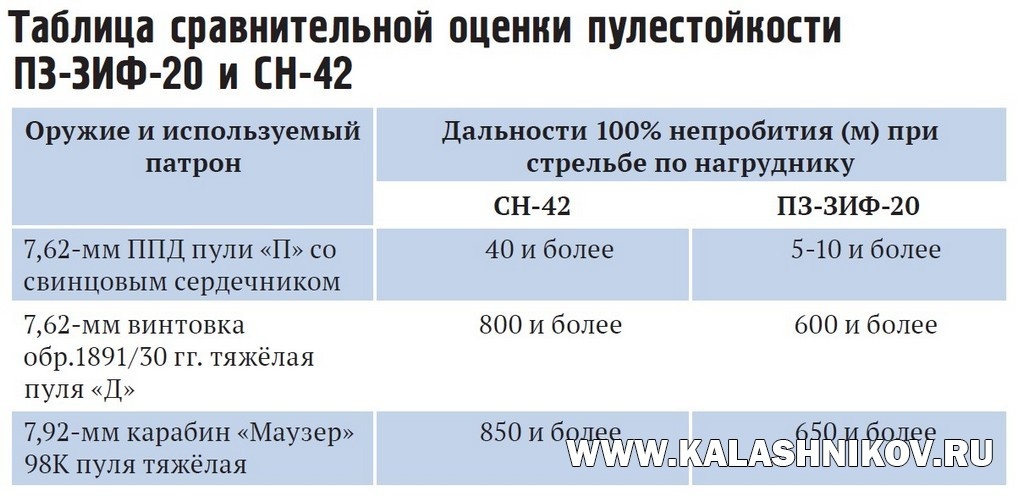So, as you know - many faction features perfectly well make a uniqe gameplay. Whats why I would like to introduce to you some info ^-^
The initiator of the creation of an alternative breastplate was not the infantry command, but the intelligence department of the Lenfront headquarters. The initiative of the intelligence department was supported by the Secretary of the Leningrad City Committee of the CPSU (b) for the defense Industry, M. V. Basov, who entrusted the execution of the order to the State Machine-Building Order of the Red Banner of Labor Plant No. 7 named after him. Frunze (now Arsenal). The specialists of the Scientific Research Institute-13 who remained in the besieged city also provided all possible assistance in the development.
The main tactical and technical requirements were acceptable weight and better maneuverability (compared to the CH-42), as well as protection from bullets from German and domestic (which the enemy had almost more than their own) submachine guns from a distance of 25 meters or more. Moreover, it was emphasized that protection from MP-38/40 bullets should be provided when firing cartridges with both lead and steel core bullets.
By March 1943, the specialists of plant No. 7 had not only managed to develop their own version of the “body armor” (due to design differences with the CH-42, which was called “armor protection”), but also, with the help of the intelligence department of the headquarters and the office of the commander of the Lenfront artillery, conducted a military “run-in” on the front line of the first six batches (600 pcs.) “pantsires”, “panzerov”, “pantsyrov” (as they were called in the accounting documents). This very important work was closely supervised by the Leningrad City Committee of the CPSU(b), which authorized the gross production of protection based on the sample and shooting data without approving drawings and specifications.
Structurally, the shell protection of the Frunze plant (abbreviated name PZ-ZIF-20; serial number according to the nomenclator of the company’s products 20) consisted of five profiled steel panel shields attached with rivets and straps to a tarpaulin jacket. Initially, it was planned to wear socks under a greatcoat in winter and under a tunic in summer. All five flaps were produced by cold stamping, after which they were heat-treated and sandblasted.
The jacket was sewn from canvas or later from calico (due to the shortage of tarpaulin) by machine in two threads. The number of stitches per 50 mm is approximately 10. The back could be made of two pieces of fabric. The parts were connected to each other and attached to the jacket using steel, aluminum or copper 3 mm rivets with 3.2×10×0.7 washers on the side of the head to be planted.
The test results showed the following — the steel shell provides protection (in case of normal hits) from shelling: from a 9-mm MP-38 submachine gun with a lead-core bullet from a distance of over 20 m, a bullet with a steel core over 115 m; from a 7.62 mm PPD submachine gun with a standard bullet with a lead core over 75 m . At the same time, there were cases of penetration of the shell (at closer distances), but not penetration of the canvas bag behind it (or a slight penetration of the remnants of the bullet into the felt). This led to the conclusion that even if the shell was penetrated, the severity of the injury should be insignificant. The maneuverability qualities were assessed as quite satisfactory, “although, of course, the degree of fatigue is higher than under other equal conditions without a shell.” It was particularly noted that during the tests, a large number of cases of bullets ricocheting off the sloping parts of the carapace flaps (to a large extent protects against damage to the lateral parts of the body), which, in the absence of protection, would inevitably lead to severe wounds. In addition, it was noted that an increase in the thickness of the shell protection is undesirable due to the inevitable weight gain. But it was considered advisable to provide the shell with a lining made of felt or other lightweight and durable enough material to cushion against bullet impacts and protect against damage from bullet fragments.
The test story did not end there. The commander of the Leningrad Front, Lieutenant General L. A. Govorov, decided that it was necessary to launch the PZ-ZIF-20 into mass production, but considered its protective properties insufficient. In accordance with the instructions of the Front Office, plant No. 7 manufactured and on 06/11/1943 submitted to the landfill two copies of an upgraded version of the shell with a shield thickness of 2.5–2.6 mm instead of 1.8 mm, and therefore the weight increased to 4.8–5 kg instead of 3.8 kg
Officially, a “carte blanche” was received for the production of armored protection PZ-ZIF-20 designed by plant No. 7 for the needs of the Leningrad Front (without taking over the supply of the entire Red Army). Armored protection was produced by plant No. 7 until the final lifting of the siege of Leningrad and was used by troops not only of the Leningrad, Karelian and Volkhov fronts, but also (after their abolition) until the end of the Second World War.
After the end of hostilities, the remaining PZ-ZIF-20 (as well as CH-42) were transferred to storage bases.
So, as we can see - this armor works perfectly well against 9mm shells. So it can be buffed for this boys:
And also it will be nice to give them health perk as well, thx
@Helper And also what is quite obvious the model of PZ-ZIF-20 armor plate in the game, not exactly the same as the real, we can see it from the different sides. Maybe it was added before of publish good quality photos of PZ-ZIF-20
